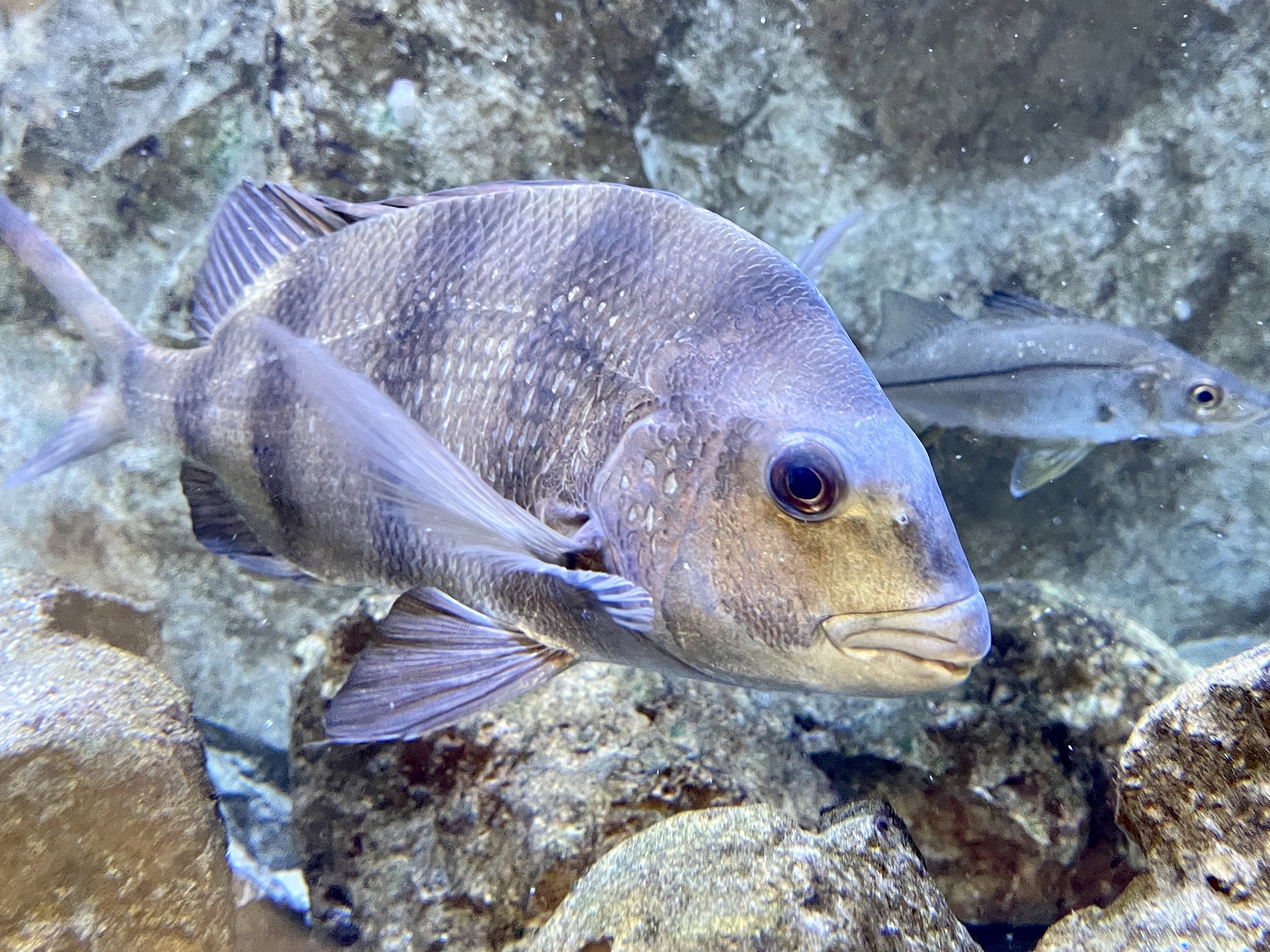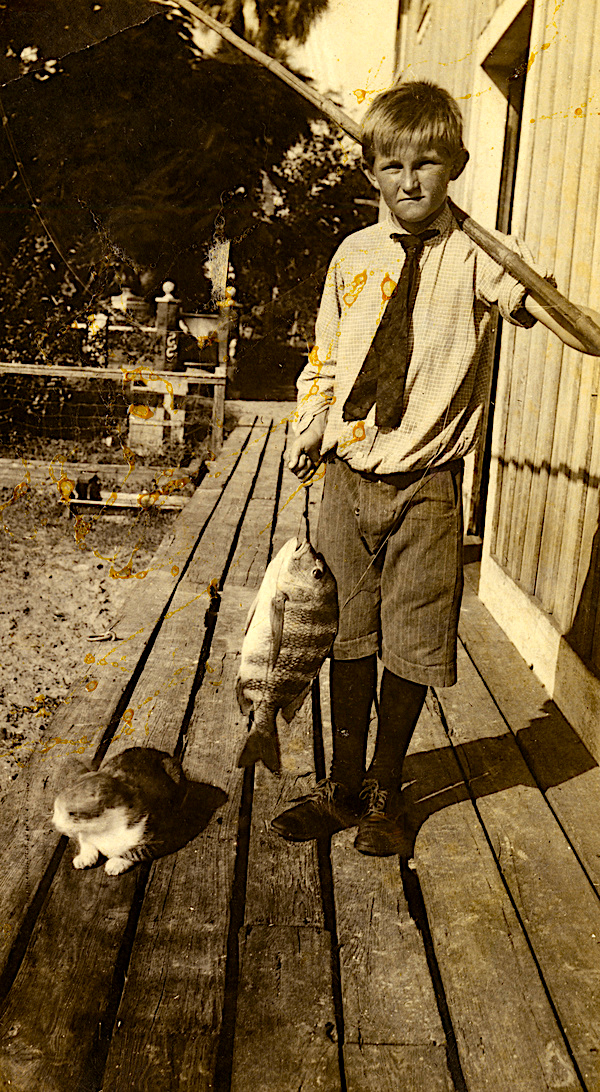What Can Scientists Learn From Ancient Sheepshead Bones?

Sheepshead bones recovered from historical sites reveal large-scale changes in population, as well as the forces driving these changes.

Research Need
Fisheries managers are developing more nuanced management strategies that take into account the dynamic interactions among ecosystems and human societies.
Sheepshead are a major component of both commercial and recreational fisheries along the southeastern U.S. coast and the Gulf of Mexico. In contrast to some popular species which have been exploited for a relatively short period of time, there is evidence that sheepshead in the Gulf of Mexico have been highly sought-after for hundreds of years.
We know this because scientists have found piles of sheepshead bones at historical sites along the Gulf of Mexico coast. Some of the largest historical sites, in fact, are in and around New Orleans.
By utilizing these old bones, scientists might be able to begin to understand how species like sheepshead respond to long-term changes in fisheries practices.
What did they study?
Scientists recovered sheepshead bones from five historical sites dating from 1720 to 1910 BCE and from one earlier site dating from 450 to 130 BCE. The study area encompassing these sites contains a wide range of habitats used by sheepshead.
The research team used bone size as a proxy for fish size and looked at chemical signatures — specifically carbon and nitrogen isotope ratios — in the bones to reconstruct prehistoric diet. As bones grow, their compositions reflect dietary intake and mobility.
What did they find?
Overall, results showed a steady decrease in average standard length of sheepshead through time, indicating a long-term trend of declining size of sheepshead consumed in New Orleans.
Analyses showed a pattern of decreasing sheepshead average standard length from the 1720s to 1840s, followed by an increase in average estimated standard length in the 1840s to 1860s, and, then, a return to consistently decreasing standard lengths from 1870 to 1910.
The decrease in average size from 1720 to the 1840s suggests long-term, negative impacts from fishing on sheepshead populations in the study area. The increase in size during the 1840s to 1860s suggests that fishers had begun to tap into new, previously un(der)fished sheepshead populations. But starting in 1870, average size declined again through 1910, likely indicating overfishing of the newly targeted sheepshead population.
Analyses of archaeological sheepshead specimens also produced a wide range of bone compositions that indicates sheepshead consumed in New Orleans were sourced from a broad range of brackish and marine habitats. This provides more support for the theory above.
What else did they find?
Recovered bone fishhooks and possible net mesh gauges and net weights from past archaeological sites in the area indicate that indigenous peoples before European arrival used hook-and-line and net-based fishing methods.
So what?
The research findings show that sheepshead populations in the Gulf of Mexico are particularly vulnerable to overharvesting. Despite their highly adaptable behavior, sheepshead populations were not able to cope with sustained fishing pressure.
The decreases found in average fish catch size are a well-documented response to overfishing and may have resulted from use of size-selective gear like gill netting, and from removing larger fish from the population. This, in turn, can promote genetic selection for fish that reach sexual maturity at a smaller size, which therefore can contribute to overall decreased fish sizes.
Reading
Guiry, E. J., Kennedy, J. R., O’Connell, M. T., Gray, D. R., Grant, C., & Szpak, P. (2021). Early evidence for historical overfishing in the Gulf of Mexico. Science Advances, 7(32), eabh2525.
This work was supported by Social Science and Humanities Research Council of Canada, Insight Development Grant, Fisheries Society of the British Isle, Canada Foundation for Innovation’s John Evans Leaders Fund, Tulane University New Orleans Center for the Gulf South, and University of New Orleans Office of Research and Sponsored Programs Interdisciplinary Grant Development Award.
Summary compiled by Lauren D. Pharr.
Lead image: Sheepshead (Archosargus probatocephalus) by CK Kelly
The text from Hook, Line & Science is available to reprint and republish at no cost, but only in its entirety and with this attribution: Hook, Line & Science, courtesy of Scott Baker and Sara Mirabilio, North Carolina Sea Grant.
- Categories:



